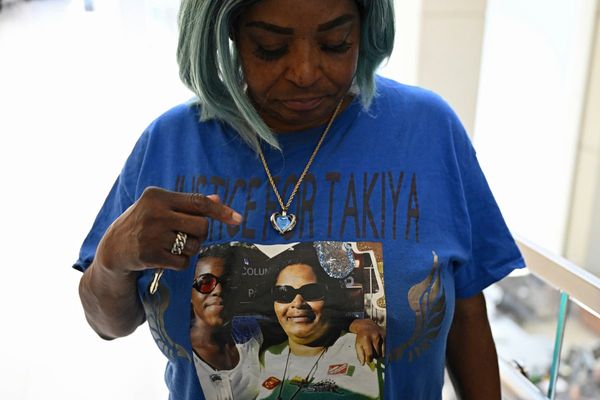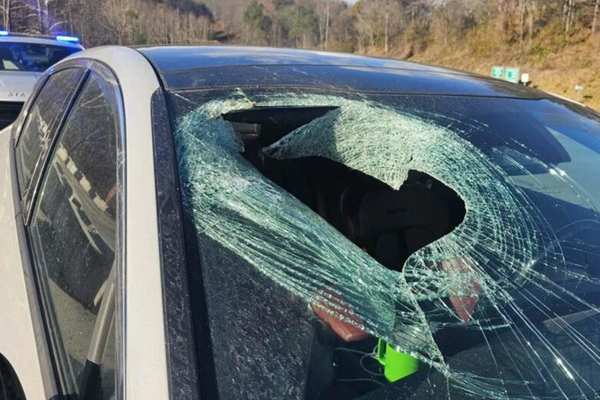
I always assume that when a person gets a new dog, the household lives for a period in new-baby territory. That is to say, anyone is allowed to visit whenever they like as long as they bring something diverting and indulgent – a card trick, vodka – and don’t expect so much as a glass of water. This turns out not to be true. I had to lobby for weeks to be invited to meet my friend’s new dachshund and when we arrived, it turned out “lunch” meant actual lunch, which wasn’t what I meant at all. I was thinking more, have some Frazzles, hug the dog, hug the older dog so it didn’t feel left out, do that a few more times, then go for a walk.
The etiquette is the opposite of new-baby rules: you have to think of some things to talk about that aren’t the dog. You shouldn’t really make minute-by-minute observations about the activities of the dog, or speculate about its feelings, or hypothesise about the extent of its consciousness or comprehension. Its owners have already had these conversations; they were hoping you would arrive with something new.
If they do take you out for a walk, and you pass some other people on a beautiful early summer’s day, and they stop to pet the new dog because, let’s face it, it’s so small, it’s bad form to pretend the dog is yours by making proprietorial statements such as: “Yes, she does have a lovely nature, thank you for noticing”, and: “Yes, this is her dad, but look how different they are in colouring.” I don’t know why it’s so wrong, but it is, and I knew that when I was doing it.
If the dog is extremely small, being both a miniature version of an already small breed and three months old, and you are used to a larger-boned canine, take extra care not to tread on the dog. Know when to leave – it’s easy with a baby: you leave when it starts crying. If you wait for a puppy to start getting on your nerves, you may as well move in.
• Zoe Williams is a Guardian columnist







